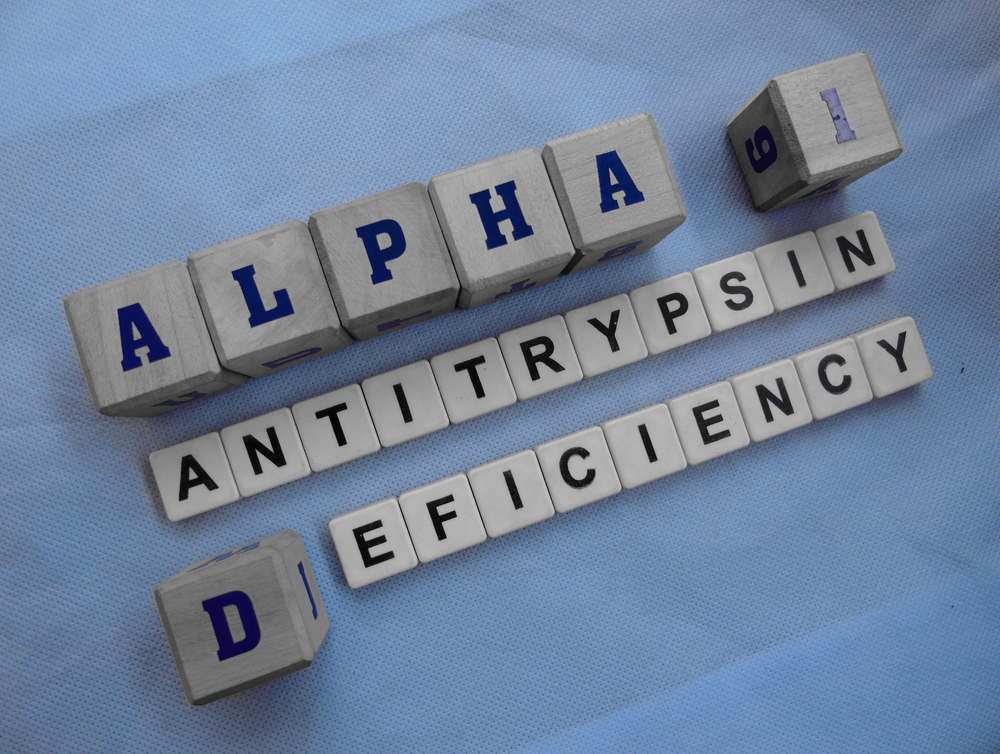Alpha-1 antitrypsin or AAT deficiency is a hereditary condition that tends to develop significant lung and liver diseases. If your liver produces low amounts of the AAT protein, your lungs are more prone to deterioration caused by irritants and infections in the air.
Moreover, this can also lead to COPD or chronic obstructive pulmonary disease. When you have COPD, you’re more likely to feel tightness in your chest caused by emphysema, a severe illness that makes it difficult to exhale air from your lungs. COPD might also cause you to cough up phlegm, wheeze, or have difficulty breathing. Furthermore, this can also lead to chronic bronchitis.


